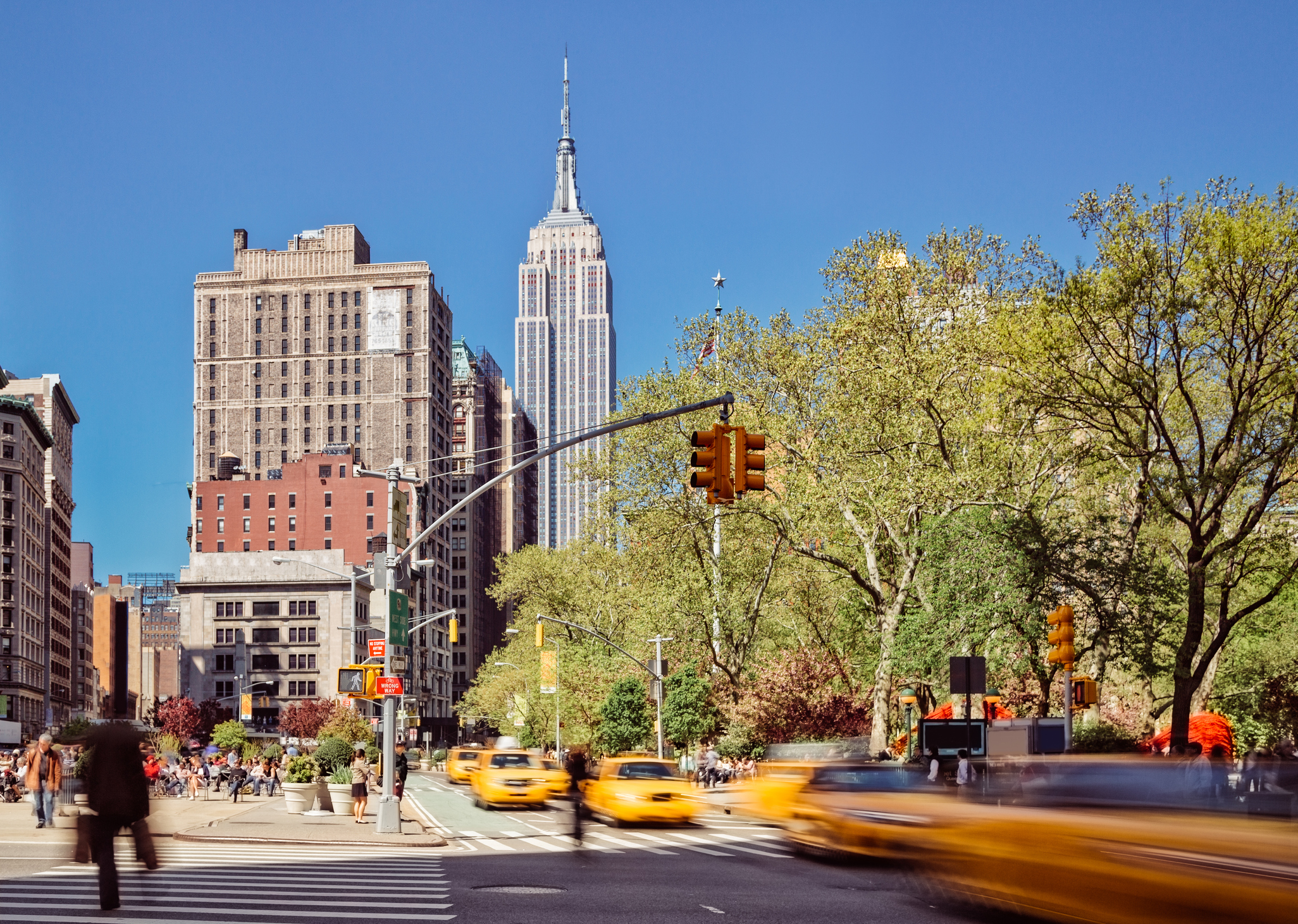Rose Hill overlooking the neighborhood
Yellow taxis on 5th Avenue near Flatiron District



Yellow taxis on 5th Avenue near Flatiron District
Eleven Madison Park, Eataly, Cosme, Ilili, Upland, Scarpetta, Blackbarn, The Smith, ATOBOY, La Pecora Bianca, The Clocktower at The Edition Hotel, L'Amico, Park Avenue, Sarabeth's
Patent Pending, The Lobby Bar at Ace Hotel, Raines Law Room, The Seville, Flatiron Room, Vin Sur Vingt Wine Bar, Broken Shaker, Oscar Wilde
Stumptown Roasters, Ruby’s Cafe, Blue Bottle Coffee, Patent Coffee, Felix Roasting Co, Paper Coffee, Birch Coffee, Cha Cha Matcha
In 1790, the New-York Daily Advertiser listed a farm for sale–“a very elegant and pleasantly situated farm on the banks of the East River, containing 92 acres of valuable land in the highest cultivation and enclosed by stone fences of a superior construction.” Named Rose Hill, the old farm was resplendent with 260 engrafted apple trees of the most approved sorts, a great variety of other kinds of the best English and American fruits, a thriving nursery of upwards of 9,000 young fruit trees.
The only remaining vestige of Rose Hill Farm is an original post-and-beam structure with a high-shouldered gambrel standing at what is now 203 East 29th Street.
The name Rose Hill itself has been weaving in and out of the collective consciousness, a romantic notion inseparable from the story of New York. Today populated with gutsy, landmark architecture, layered in visual history, the neighborhood has reemerged as the authentic thread beneath the enduring appeal of Nomad.
National Museum of Mathematics, Museum of Sex, Rizzoli Bookstore, Dover Street Market
Flatiron Building, First Department Law Library, The Armory, Metropolitan Life Tower, New York Life Building, Gilsey House, Marble Collegiate Church, The Church Of Transfiguration
School of Visual Arts, Baruch College, The American Academy of Dramatic Arts
In the early 1900s, the esteemed New York architect Stanford White began work on the The Colony Club, a Georgian-Federal Revival building with chic interiors by Elsie de Wolfe, designed as the gathering place and athletic facility for the city’s female social elite. Elsewhere in the neighborhood, the 69th Regiment Armory, completed in 1906, was the site of the legendary Armory Show in which the Futurists and the Cubists (Picasso, et al) made their American debut. Other famed creatives who were attracted to Rose Hill include the graphic designer Milton Glaser (perhaps best known as the creator of the iconic 1977 I Heart New York logo), who set up his studio in a Beaux Arts building that started its life as the Tammany Central Association Clubhouse.
Gramercy Theatre, Irving Plaza, The People's Improv Theater, The Cutting Room, Spin New York, Barcade
4, 6, F, M, Q, R, NJ Transit Subway Lines, East River Ferry (East 34th Street), 29th Street Crosstown Bike Lane, Citi Bike Stations
Bellevue Hospital, Tisch Hospital, VA NY Harbor Healthcare, Mt. Sinai Beth Israel Hospital